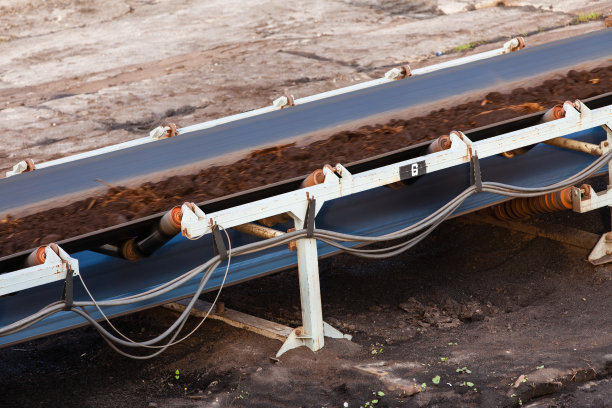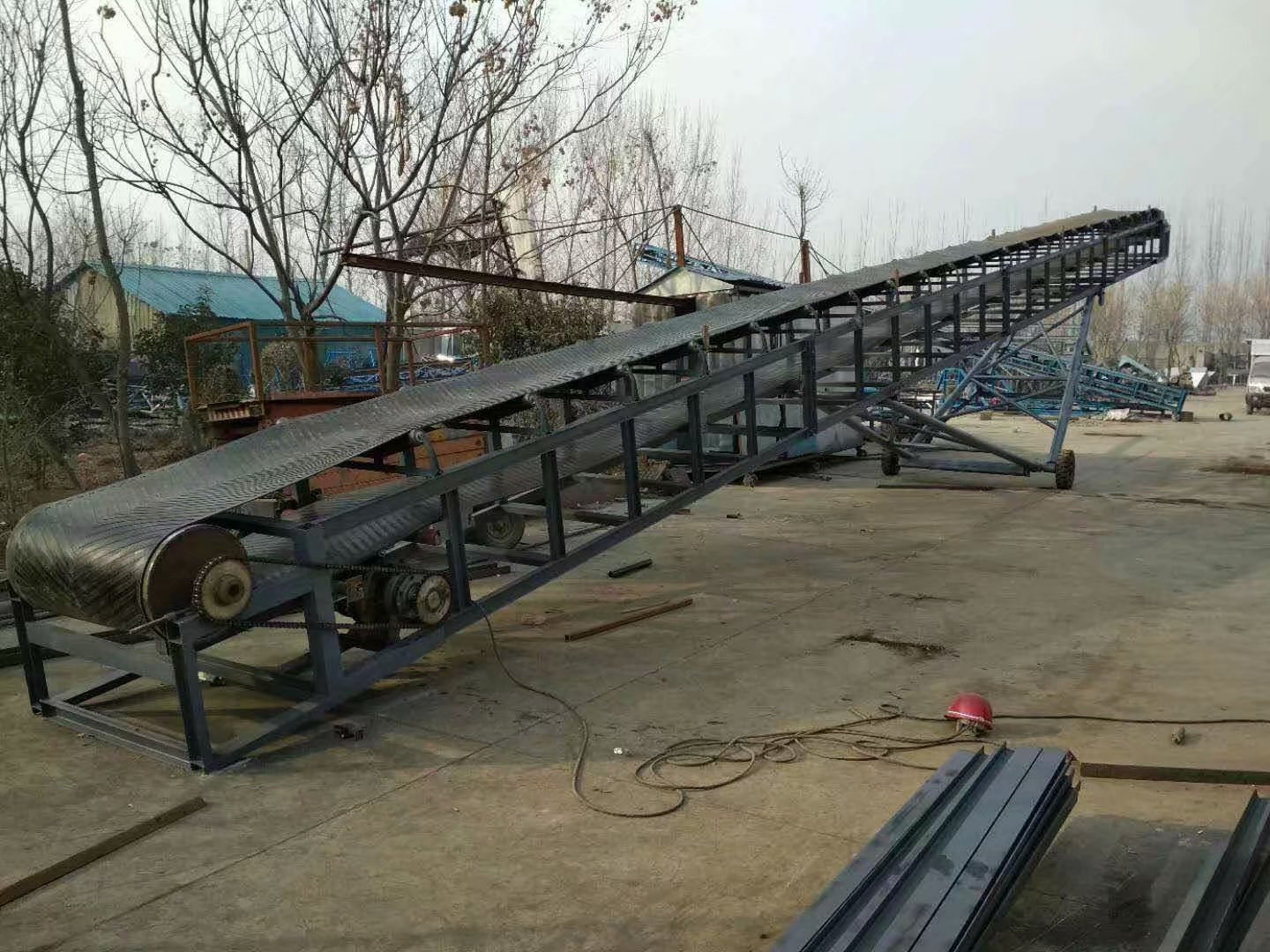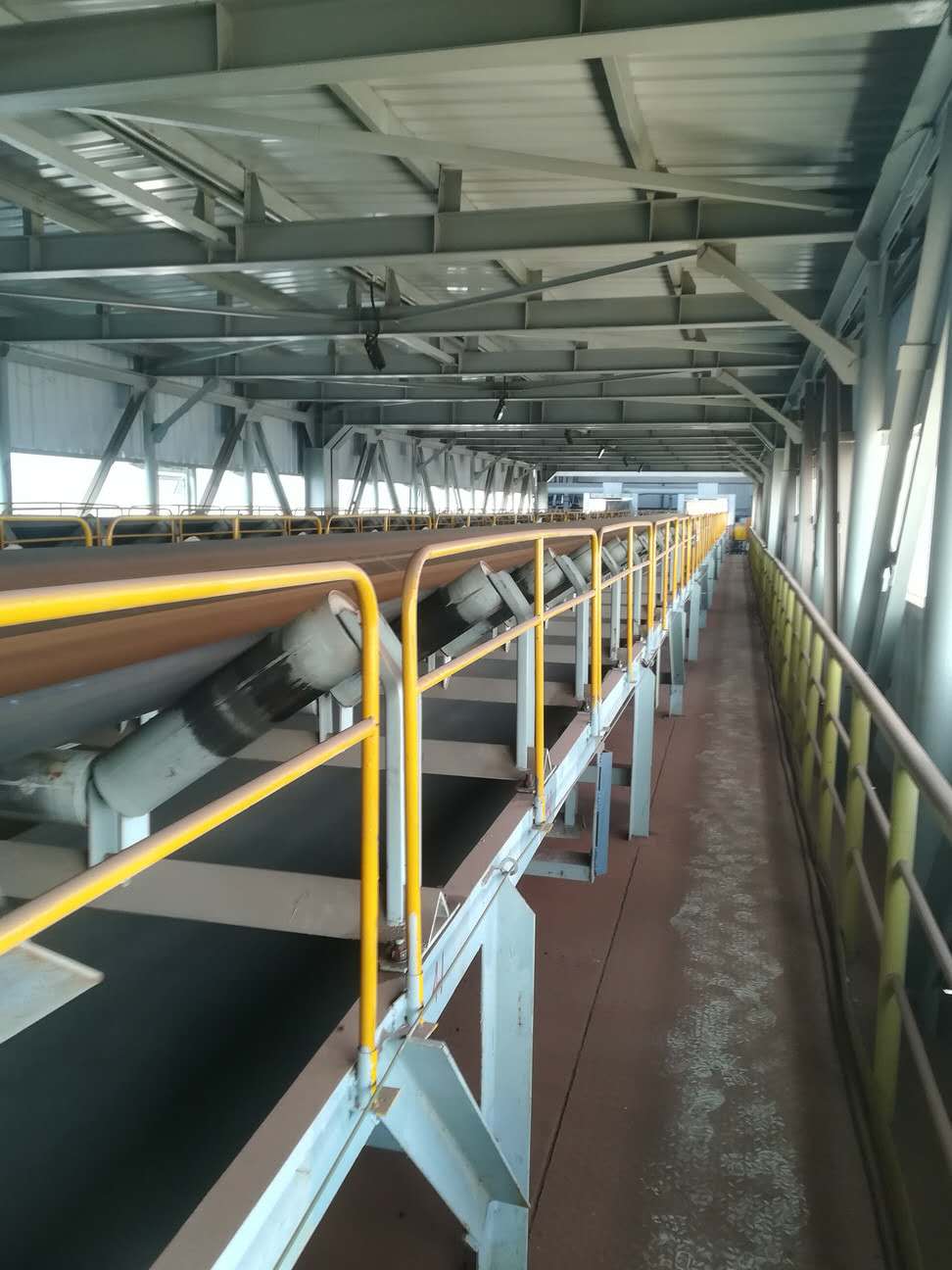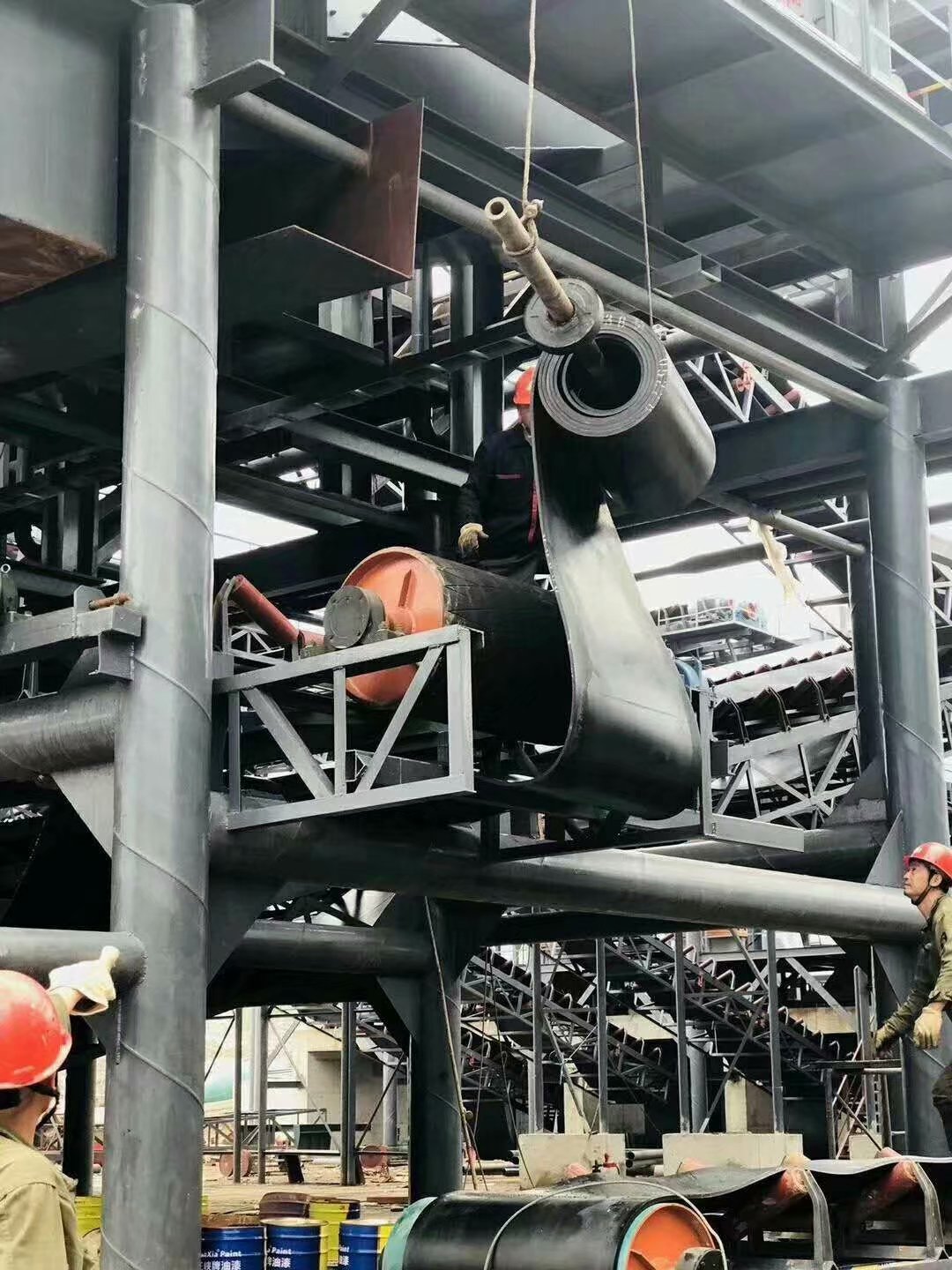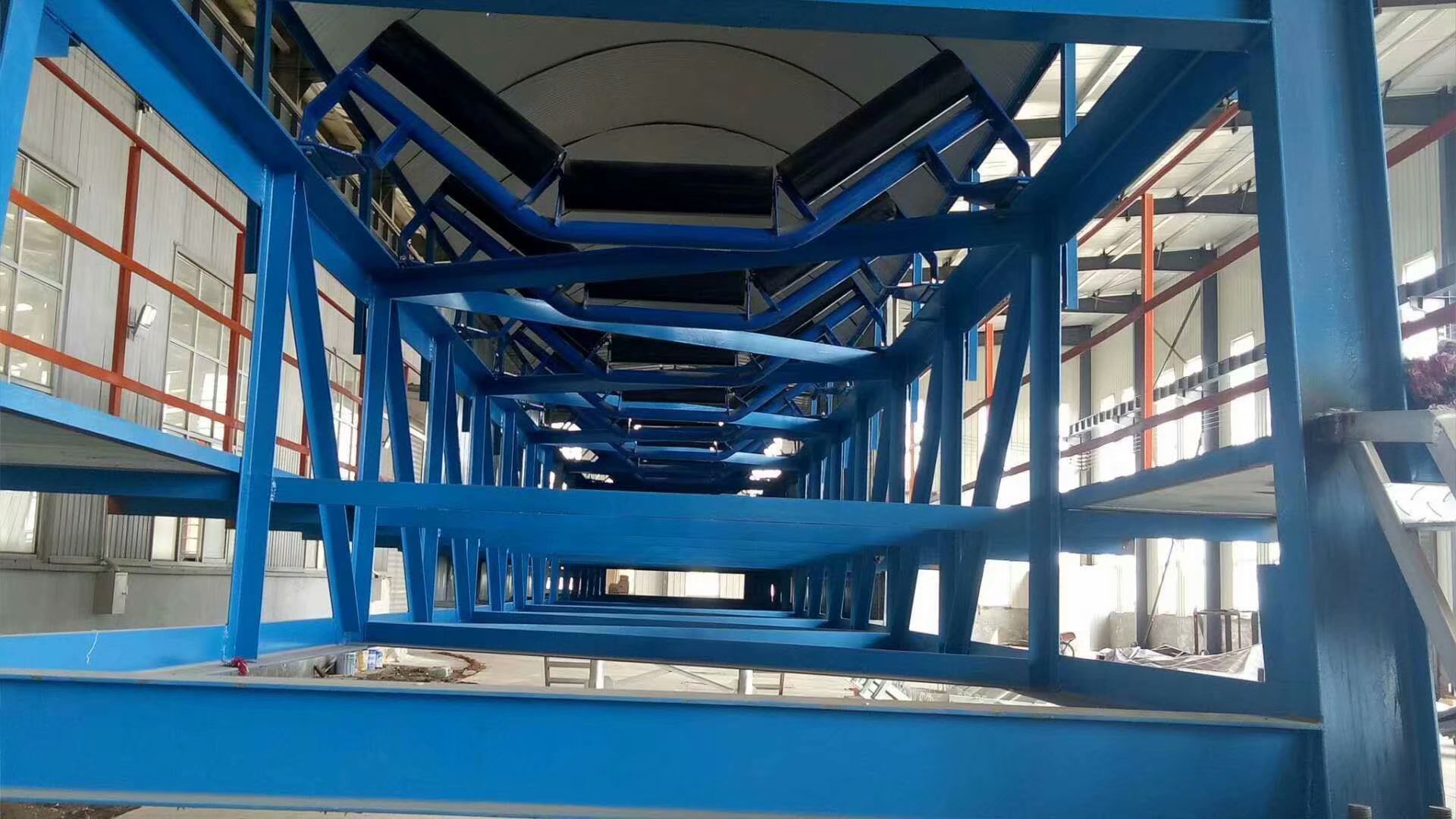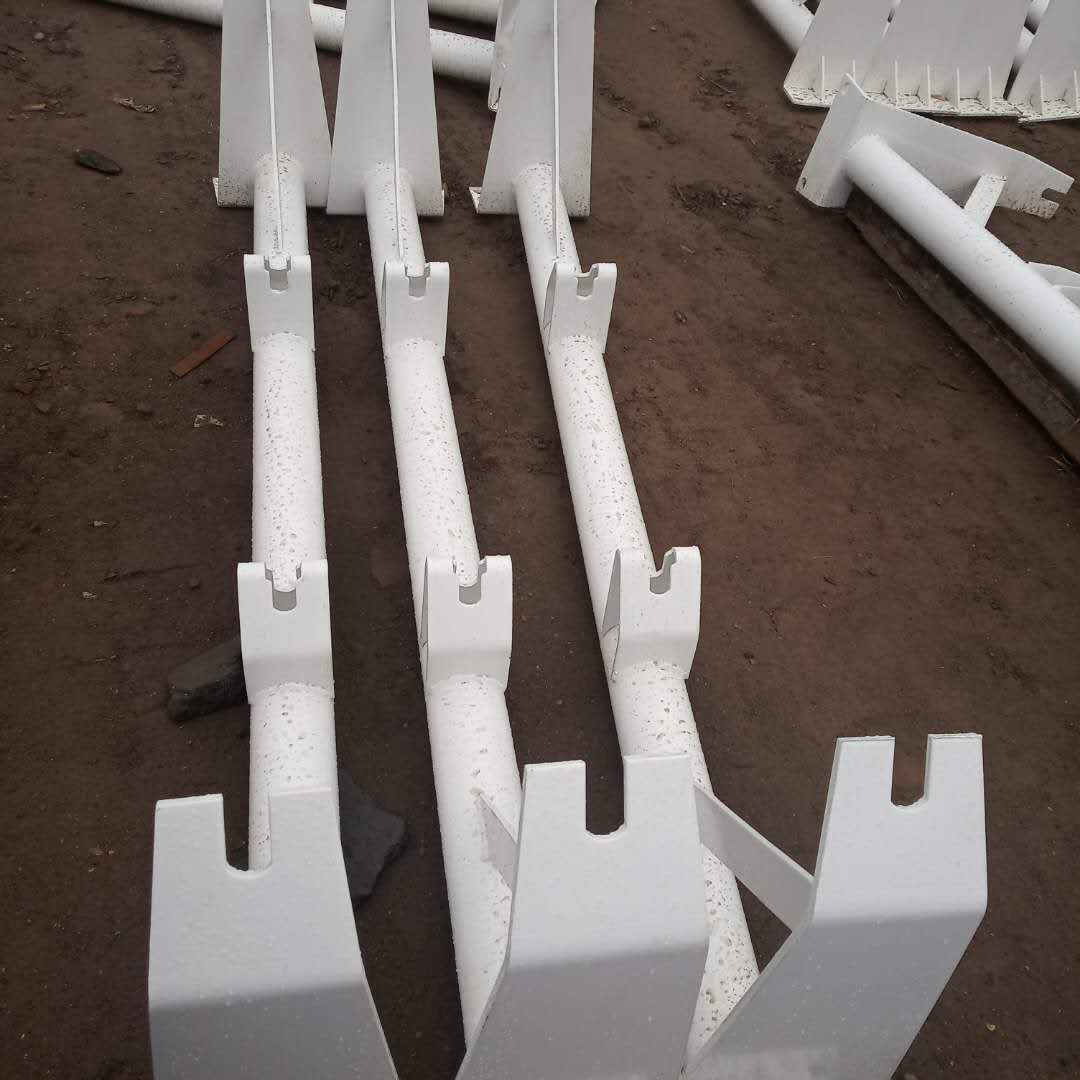帶式輸送機英文_帶式輸送機專業英語

1. Introduction
Belt conveyor is an essential component of modern material handling systems, facilitating the transportation of bulk goods over long distances. This article aims to provide an overview of belt conveyors, their applications, components, and maintenance.
2. Applications
Belt conveyors are widely used in various industries, including mining, construction, manufacturing, and logistics. They are ideal for transporting bulk goods such as coal, ore, grains, and aggregates. Belt conveyors can operate at high speeds and handle heavy loads, making them suitable for long-distance transportation. They are also used in assembly lines, packaging, and distribution centers.
3. Components
The basic components of a belt conveyor include a belt, pulleys, idlers, frame, and motor. The belt is the core component that carries the load and is made of various materials, such as rubber, PVC, or nylon. The pulleys are used to guide and support the belt, while the idlers reduce friction and prevent the belt from sagging. The frame provides the structure for the conveyor and can be made of steel or aluminum. The motor drives the pulleys and powers the conveyor.
4. Maintenance
Proper maintenance is crucial for the efficient operation and longevity of belt conveyors. Regular inspection and cleaning of the belt, pulleys, and idlers are essential to ensure smooth operation and prevent breakdowns. Lubrication of the bearings and pulleys is also necessary to reduce friction and wear. The motor should be checked for proper alignment and tension. Any signs of damage or wear should be addressed promptly to prevent further damage.
In conclusion, belt conveyors are a vital component of modern material handling systems. They are versatile, efficient, and reliable, making them suitable for various applications. Proper maintenance is essential to ensure their smooth operation and longevity.
下一篇:帶式輸送機行業_順槽帶式輸送機

